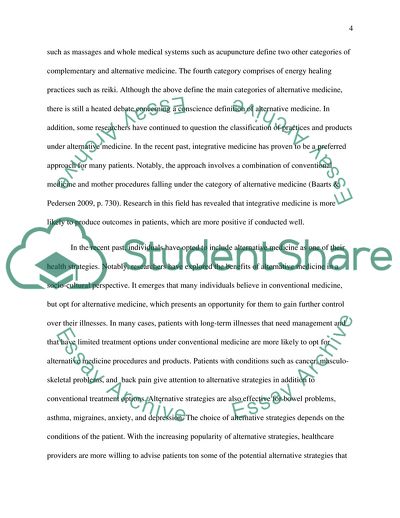Cite this document
(The Extent to which Alternative Medicine May Be Considered a Viable Coursework - 17, n.d.)
The Extent to which Alternative Medicine May Be Considered a Viable Coursework - 17. Retrieved from https://studentshare.org/health-sciences-medicine/1872200-essay
The Extent to which Alternative Medicine May Be Considered a Viable Coursework - 17. Retrieved from https://studentshare.org/health-sciences-medicine/1872200-essay
(The Extent to Which Alternative Medicine May Be Considered a Viable Coursework - 17)
The Extent to Which Alternative Medicine May Be Considered a Viable Coursework - 17. https://studentshare.org/health-sciences-medicine/1872200-essay.
The Extent to Which Alternative Medicine May Be Considered a Viable Coursework - 17. https://studentshare.org/health-sciences-medicine/1872200-essay.
“The Extent to Which Alternative Medicine May Be Considered a Viable Coursework - 17”. https://studentshare.org/health-sciences-medicine/1872200-essay.


